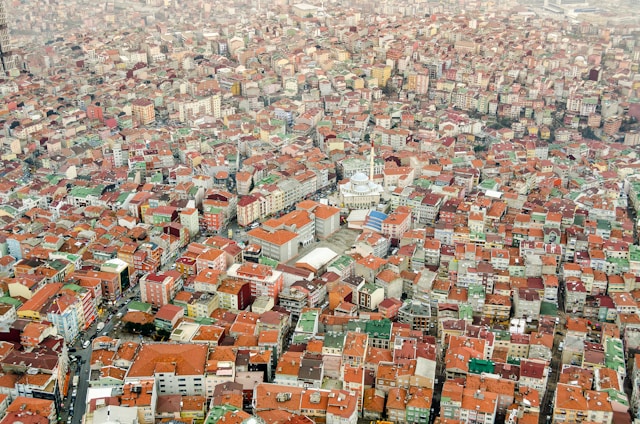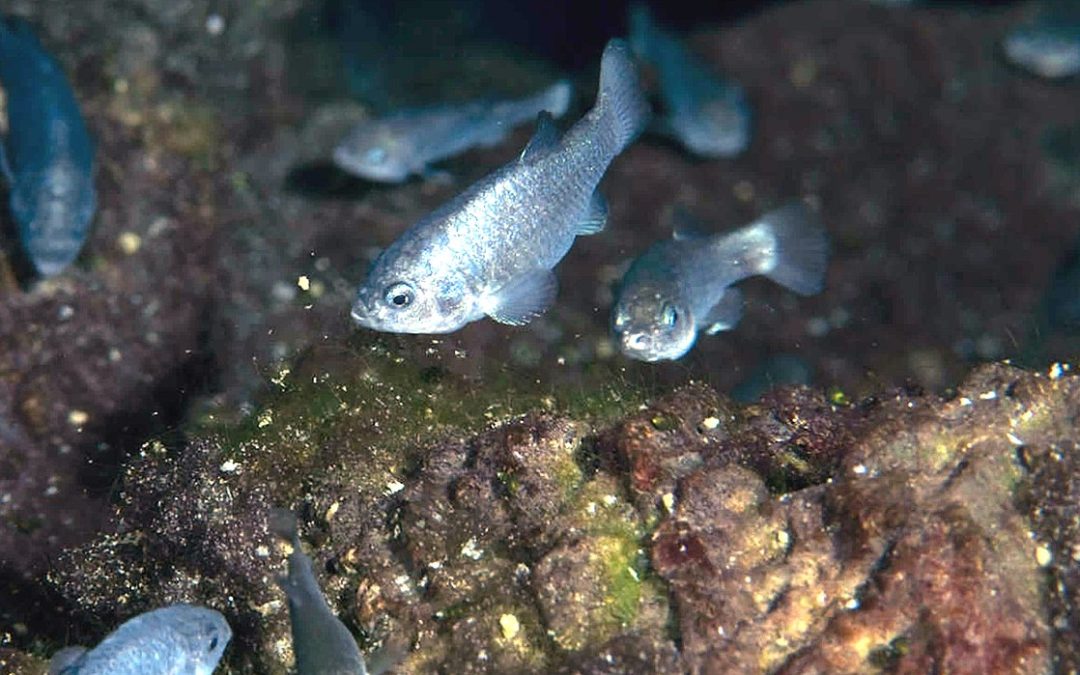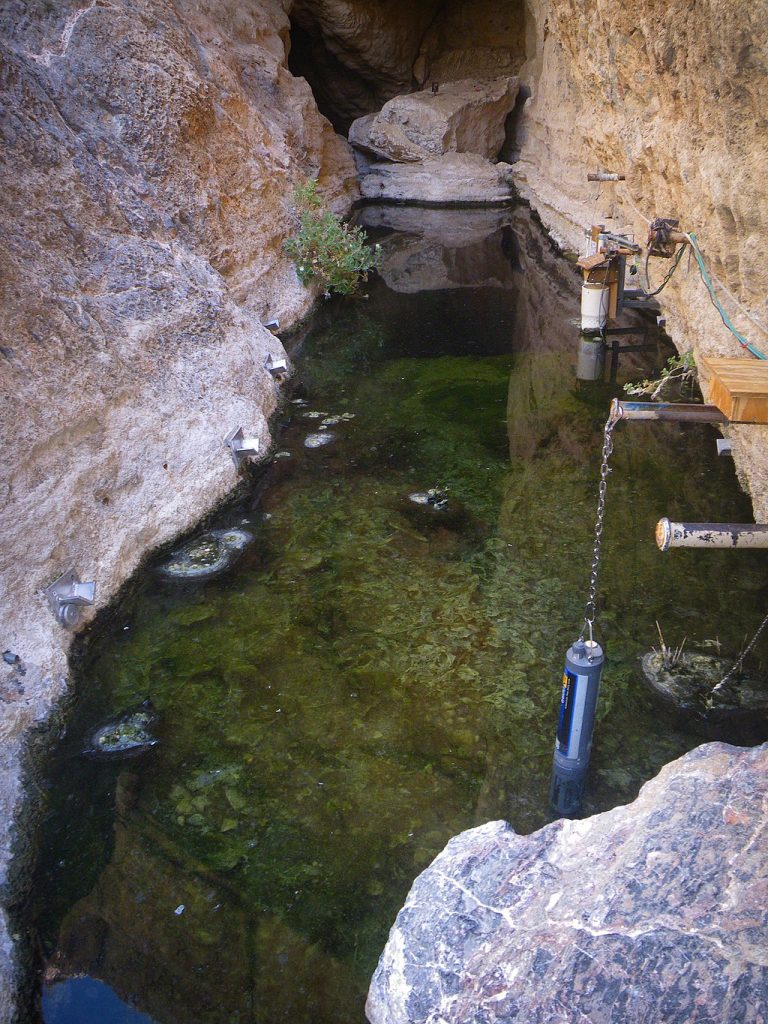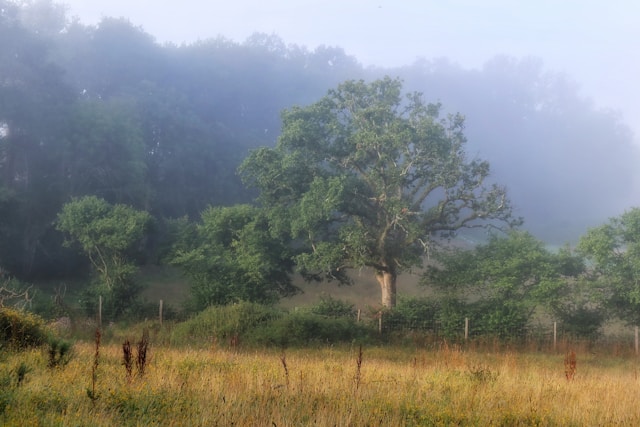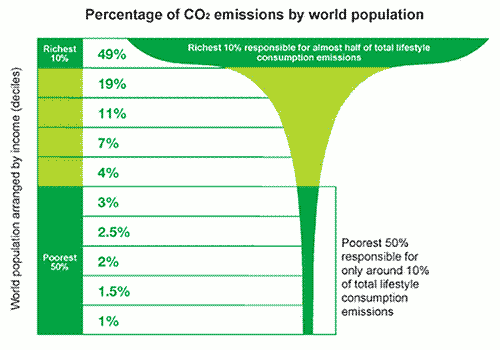Carter Dillard is the policy adviser for the Fair Start Movement. He served as an Honors Program attorney at the U.S. Department of Justice and also served with a national security law agency before developing a comprehensive account of reforming family planning for the Yale Human Rights and Development Law Journal.
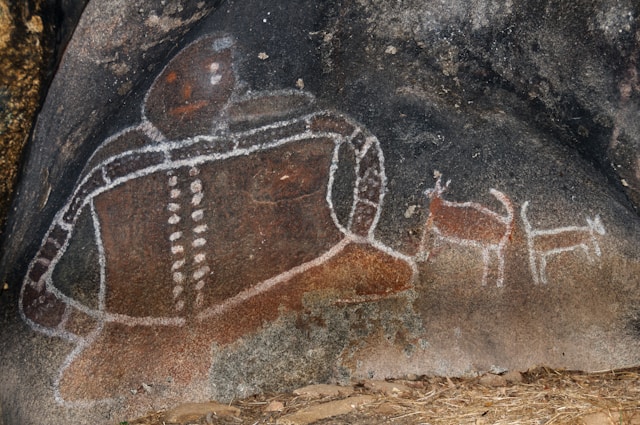
How an Aboriginal Woman Fought a Coal Company and Won
Goldman Prize Winner Murrawah Maroochy Johnson talks climate justice and inheriting a legacy of Indigenous resistance.
In 2019, Australia was on the cusp of approving a new coal mine on traditional Wirdi land in Queensland that would have extracted approximately 40 million tons of coal each year for 35 years. The Waratah coal mine would have destroyed a nature refuge and emitted 1.58 billion tons of carbon dioxide.
But that didn’t happen, thanks to the advocacy of Murrawah Maroochy Johnson, a 29-year-old Wirdi woman of the Birri Gubba Nation, who led a lawsuit against the coal company in 2021, and won.
The case was groundbreaking in many ways, but perhaps most strikingly, Johnson’s work helped set a new legal precedent that pushed members of the court to travel to where First Nations people lived in order hear their testimonies and perspectives, instead of expecting Indigenous people to travel long distances to settler courts. The lawsuit was also the first to successfully use Queensland’s new human rights law to challenge coal mining, arguing that greenhouse gas emissions from the Waratah coal mine would harm Indigenous peoples and their cultural traditions. Because of the litigation, the mine’s permit was denied in 2022, and its appeal failed last year.
Because of her work, Johnson is now among several of this year’s winners of the prestigious Goldman Environmental Prize honoring global grassroots environmental activism.
The last few years have been transformative for Johnson, who is the mother of a toddler and expecting her second baby in a few weeks. Grist spoke with her to learn about what motivates her, how she views the climate crisis, and what other young Indigenous activists can learn from her work.
This interview has been edited for length and clarity.
Q. You have been working on behalf of your people since you were 19 years old. What drives you to do this work?
A. It’s definitely not a choice. First contact here was just 235 years ago. At that point, terra nullius was declared, which said that the land belonged to nobody, which essentially means that the first interaction with colonizing invading powers was one of dehumanization. They saw us here, but to say that the land belonged to no one really says that we are subhuman. They deemed us of a status where we couldn’t own our own land even though they saw us here inhabiting our own lands, living and thriving. And so there’s a long legacy of resistance in first contact frontier wars but also through advocacy over the generations. I’m just a young person who gets to inherit that great legacy.
I was raised by very strong parents. My father, my grandfather, my great grandparents, were all resistance fighters. There’s a lot of responsibility that comes with inheriting that legacy and feeling like you need to do your part. But also, I feel like it’s not a choice because at the end of the day, what’s real is our people, our law, our custom — no matter the colonial apparatus attempts to disappear us, dilute us, absorb us into homogenous Australian mainstream and complete the assimilation process. To me, that’s continued injustice that our people face. And every First Nations person, I feel, every Indigenous person, has an obligation to resist that as well. Because at the end of the day, we First Nations people here in Australia, we are the oldest continuous living culture on the planet, and what comes with that is the fact that we have the oldest living creation stories, we have the oldest living law and custom. That in and of itself is so significant that we can’t just allow it to be washed away. I think that there has to be a continued active effort, by my generation and all future generations, to maintain our ways.
For us, colonial, Western, white contact is just such a small blip in time for how long our people have been here and how long we’ve maintained our ways and law and custom and culture. We have to collectively acknowledge that we have a duty of care and responsibility to maintain the way of our people. I’m really proud of being able to inherit that and also having a responsibility to protect and maintain it.
Q. Can you tell me about your perspective on climate change?
A. It’s always called human-induced climate change, but I think that that term doesn’t allow for colonial powers to be held accountable, or big polluters. I think it’s actually more accurate to say that it’s colonial-induced climate change, because it’s actually the process of colonization violently extracting and exploiting the resources of Indigenous nations, peoples’ land, especially in the Global South, that’s resulted in the crisis of climate change that we face today.
I see climate change not just as a crisis, but also an opportunity. In one sense, if what remains of our cultural knowledge is so intimately dependent on our land, and having access to our lands and waters, then climate change is a huge threat. For example, in the Torres Strait and throughout the Pacific, what do you actually do when your country, your homelands, your territory disappears because of the impacts of climate change? What does that mean for our identity that actually derives from being the people of that unique country and that unique place? Climate change could really signal finality of our diverse and distinct and unique cultural identities as Indigenous and First Nations people in the sense that land may become so changed or so disappeared that our people are no longer able to resonate or recognize or identify with it anymore or learn from it anymore. So that’s really scary.
But I think the other side is an opportunity because climate change creates a sense of urgency. It’s that sense of urgency that is going to be pushing our peoples to work collectively as Indigenous and First Nations people around the world, to highlight the importance of the shift required to address climate change, but also to recenter our traditional systems of caring for country and sustainability and living in harmony with the land as a solution to climate change — really combat this normalization of colonial history and the global system and power systems as unquestionable.
Q. That reminds me of how, on the video announcing your Goldman Prize, you mentioned that “there’s a lot to be learned from our ways of being.” Can you expand on that idea?
A. We’re at this moment where we can really take the best of our traditional ways of being and really use that to influence the decisions that we make about our future. What real climate justice is, to me, is really drawing on the greatest strengths that we have in terms of our traditional law and custom, using that as a guidance system in terms of the decisions we make about what the future looks like.
If you’re going to shift the entire global economy and global structure of how business is done, then you want to be talking to the experts. So you want to be talking to First Nations people and knowledge holders. I think climate change will ultimately lead those who are committed to the current system to be forced to be exposed to the reality that a lot of First Nations people have been living with for a long time: that this current global system doesn’t work for us. In the context of capitalism, it’s designed to work against us and facilitate outcomes for very few.
Climate change is here because of the current global systems, and that means that, eventually, the system will become obsolete. It already is when it comes to the survival of humanity. I think that ultimately people will come to see that the system doesn’t work for them. It’s never been designed to work for the masses.
So, I really see a huge shift toward leadership from First Nations people. Indigenous or non-Indigenous, people — this is my hope here in Australia — start to act in accordance with traditional principles of caring for country law and custom and really reestablishing old ways, governing ways, of these lands. I think that’s the only way to really address climate change. And maybe I’ve got a huge imagination, but I see it as part of my responsibility to work as hard as I can toward that goal of creating that reality, one in which a modern society essentially adheres to First Nations law and custom in a modern context.
Q. You’ve talked a lot about the importance of drawing from traditional knowledge. When I think about what it means to be Indigenous, I think about both the knowledge we have and also the challenge in bringing that forward because of how colonialism has eroded our ties to both culture and land. What would you say to Indigenous people who care about land and culture, but are feeling disconnected from both? How do they find their way back?
A. This is one that I actually really struggle with sometimes because in the Australian context here, we had the Stolen Generation, when Indigenous children were forcibly removed from their parents and indoctrinated. So you have whole generations that have been dispossessed of their cultural inheritance, of their families, and also their peoples have been dispossessed of future generations as well. The colonial process was a finely tuned machine by the time it came through the South Pacific and Australia. In one sense, we’re fortunate that it was only just over 230 years ago first contact happened, but at the same time, this colonial apparatus was so finely tuned that they didn’t need as long to do as much damage as they’ve been able to do.
Being in a settler colony, we’re dealing with mass incarceration, mass suicide rates, and the disappearing of our people. It feels like it’s hard to catch up. We can’t take a break or catch our breath because we’re dealing with the very real, frontier issues of losing our people. But at the same time, what’s required for healing and to actually rebuild our cultural strength is time. And actually being able to take the time to be on country, to sit with country, to learn, and to reconnect.
It’s this really delicate tug of war that all First Peoples who have been subject to colonialism have to face, and we have to sort of grapple with on a daily basis, what do we put our energy into? Am I fighting forced child removals and assimilation on the daily? Am I fighting the education system? Am I doing land and country work and going through the legal system? Or am I just sort of operating as an individual, sovereign person, under our own law and custom and that’s how I resist and maintain my strength? It’s so vast in terms of how we have to split ourselves up in a way to deal with the issues at hand, which essentially is the disappearance of our people, but also our way of life and custom.
At the end of the day, for me, I just have to take heed from my ancestors and my own people that we’ve seen the end of the world before. My great grandparents and their generation saw the end of their world already, and they’ve been fighting. They were in the physical frontier on the front line, and survived that, and saw everything that they knew to be ripped away from them. So I have to just acknowledge that I’m very lucky to be born in the generation I’m born in, with so much more opportunity. But at the same time, there is that huge gap in familiarity with culture and our ways.
Q. Before your successful litigation against the Warratah mine, you fought against the Carmichael mine, filing lawsuit after lawsuit. But the mine still opened in 2021 and is now in operation. How do you handle such setbacks, and the grief of climate trauma and colonialism? What would you say to other Indigenous activists who are dealing with similar challenges?
A. Being a young person, going through that, it’s really hard. You’re up against the actual powers that be of the colonial apparatus: the state government, the federal government, the mining lobby itself, and this idea that our traditional lands should be destroyed for extraction and exploitation for the benefit of everybody else. For the benefit of the state in terms of royalties, and for the benefit of the rest of settler Australia, where we, the people and our lands, are the collateral damage. And so for a long time I was very heartbroken, very depressed. For a long time I didn’t know what my next steps were.
But the reality is that I feel very much so guarded by my ancestors and all our people. I had time to mourn and get back on my feet before the opportunity to join the Youth Verdict case against the Waratah coal mine came along.
All I can say is we kept going. We’re fighting for our people, every single day. And something that I was always reminded of along the way was that even though it might not be the silver bullet that makes significant change, it’s still important that we create our own legacy of resistance and that we do our best every day to maintain what we hold dear.
We’ve got to do the work because we’ve got to do the work. It stands on its own and it’s our obligation as traditional custodians every day to do the work of maintaining and protecting country. We put on the record that we don’t consent, this isn’t free, prior, and informed consent as we are entitled under the United Nations Declaration of the Rights of Indigenous Peoples. And every step of the way, just maintaining that resistance, even if it’s just telling our story and challenging the prevailing, dominant, colonial narrative, I think is important to do every single day.
So in terms of advice, I think it’s to keep going. Take a break when you need to. And have a cry, because I cried for like eight years straight, but I think just knowing what some of my own people have been through and the horrors that they had to deal with, it’s the responsibility that we inherit to maintain the fight and continue on as best we can.
We might not be able to solve everything in one or two generations. But again, we’re the oldest living culture on the face of the earth. So, in that respect, we’ve been here the longest and, as long as my generation and our future generations maintain our own identities, cultural identities, and resistance as best as we can, we’ll be here long into the future as well.
Photo by René Riegal on Unsplash

